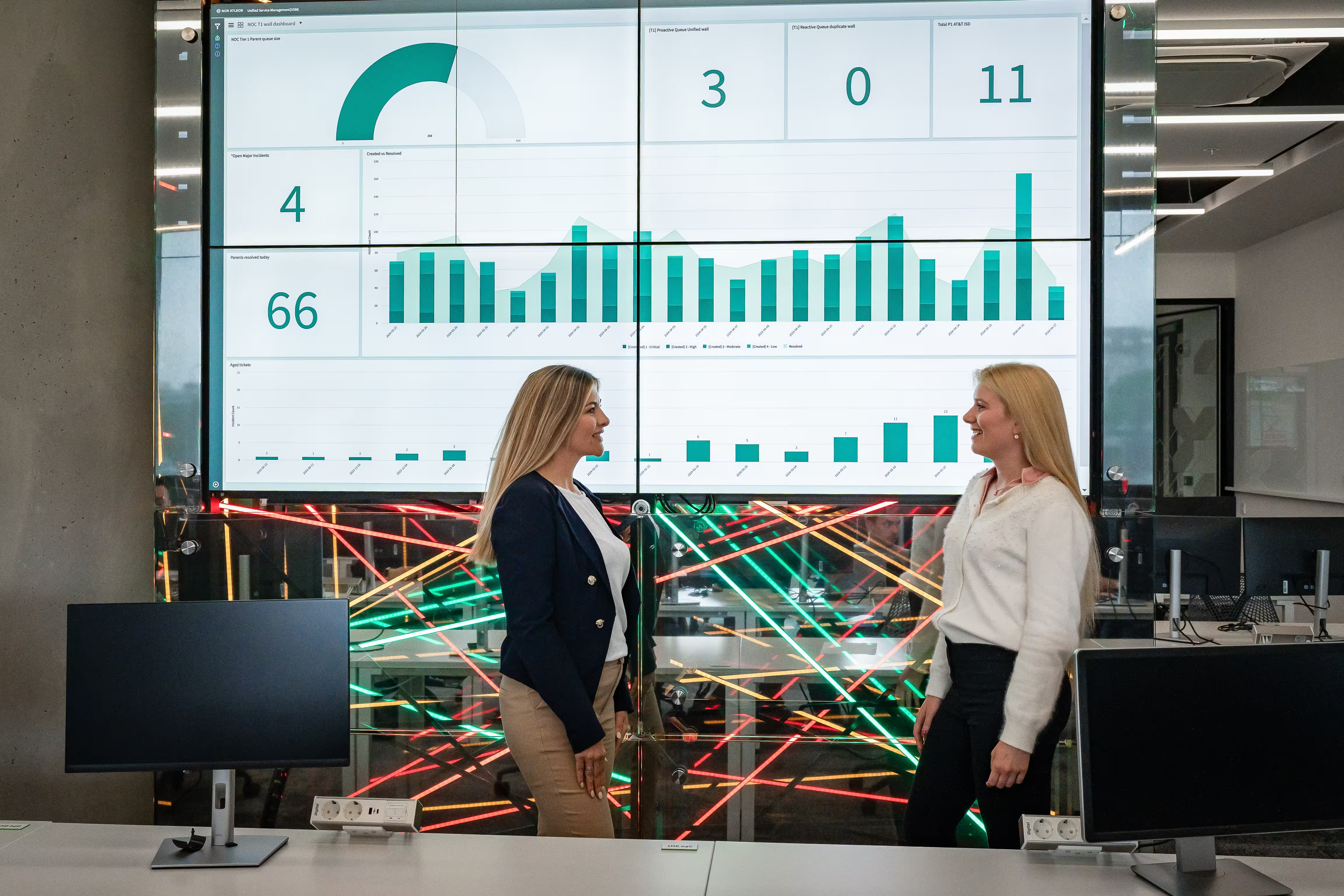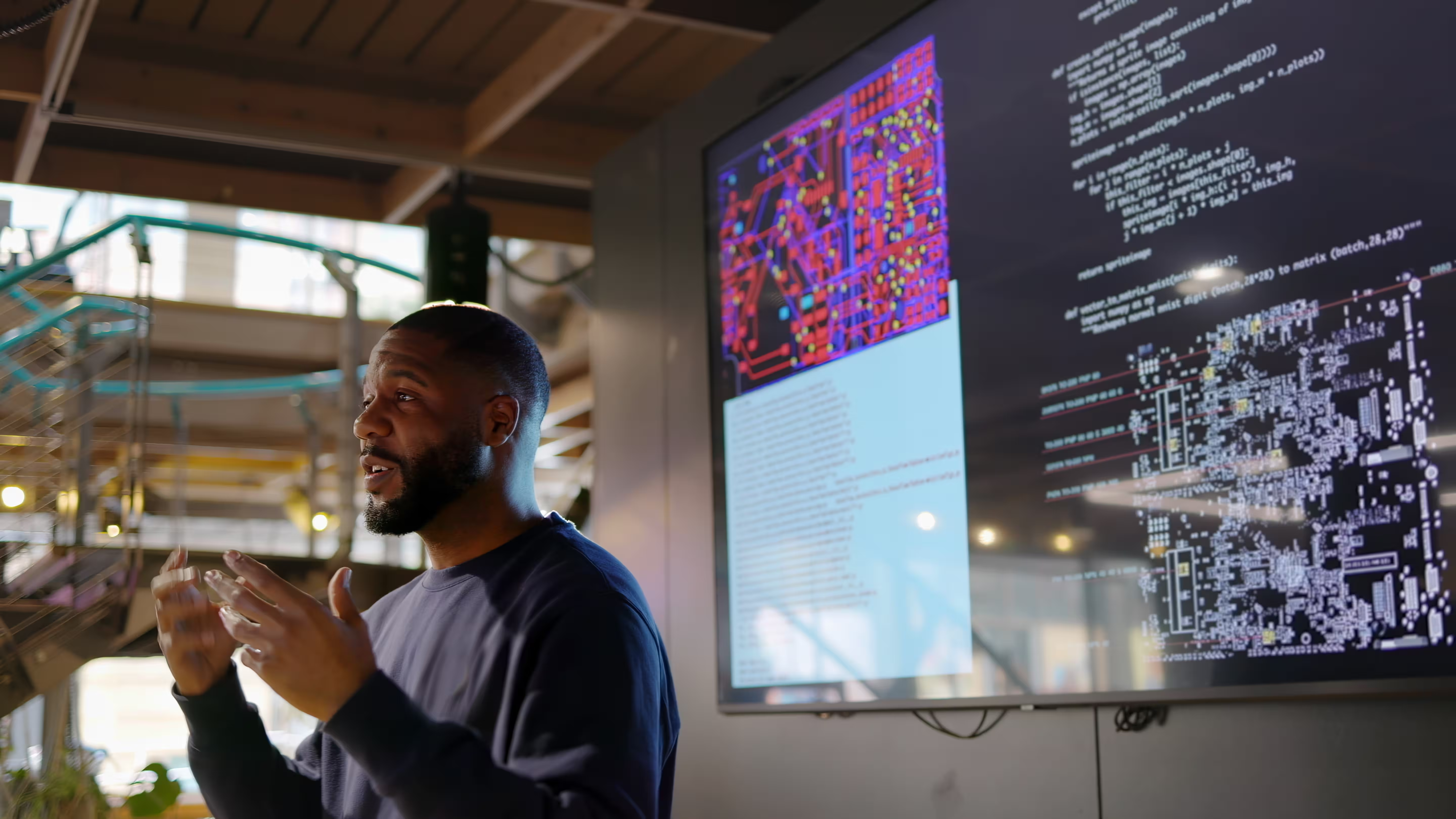The phygital or digical experience; Addressing customers’ needs through the fusion of physical and digital banking
So many people today wonder ‘why are we still talking about physical banking, isn’t that a thing of the past?’ Isn’t banking in this digital age evolving in ways that negates the need for a brick-and-mortar presence? Are the physical banking experiences not going to be extinct like corded phones with a land line and when the phone rings you have no idea who’s calling you? Well not so fast. According to consumer banking research done by PwC, 65 percent of banking consumers say they want access to a local branch. Many of these customers may be heavy users of mobile and online banking, but they want the added advantage of walking into a branch as well.
And although many consumers still want access to physical banking, how sustainable are these branches and at what rate are they truly addressing the needs of today’s customer? Do they need to be augmented by other banking channels to better serve customers like the very prevalent digital banking? Are you beginning to see where this is going? Hang on.
From toe-dipping to full on dive, how are FIs embracing digital?
For decades financial institutions have tried to grow and evolve with their customers and that growth and needs-based service has increasingly become important—and never as critical and pertinent as it is now during the pandemic. Although many FIs had dipped their toes pre-pandemic into the digital pool, it quickly became necessary to dive into exploring and investing in digital banking and digital transformation in 2020.
Digital banking demands a lot of strategic and methodical planning to develop and execute. Investments in digital transformation should aim for technologies that are flexible and agile to adjust to and bring on new innovations as FI customer demands evolve. And it’s not a one-size-fits-all process. FIs need to figure out who their customers are and what type of digital banking works for them. How can they make their digital services more appealing to meet the needs of the customer? These questions are paramount to strategically build the FI of the future beginning with addressing the needs of each customer segment. And while banks have always done a good job of serving customers face to face, the demography and needs of customers have evolved over the past several decades and it’s time to move beyond prioritizing in-person banking.
Are FIs able to create their customers’ personas?
With so many customer preference changes, it can be harder for FIs to track and pin-point what their typical customers “look like.” Many FIs had to rethink their digital strategy at the height of the pandemic when they had to close their brick-and-mortar branches—and digital banking became king. According to a consumer study conducted by Accenture, 50 percent of customers say they now use some form of online means to communicate with their FI at least once a week in comparison to 32 percent only two years ago.
Many FIs have taken advantage of this surge in online adoption that’s why there’s the need for a strong digital transformation strategy to better serve customers. But it’s important for FIs to have a banking strategy that appeals to their customers in every channel.
Younger generations tend to prefer banking digitally and need all the bells and whistles to make their digital experience worthwhile. At the same time, a Barclay’s report demonstrated that 46 percent of Gen Zers visit their branches to get more information about a product or service before buying it.
Older generations may tend to stick to traditional forms of banking, including visiting their branch. As often as needed, they drive to the bank for general banking transactions with the help of FI employees who know them and their family members by name. They’re less likely to trade that in for other forms of automated banking. Regardless of where a customer falls on either side of the spectrum, physical or digital, they should feel at home with their bank hence the need for a cross channel platform that addresses varied customer banking needs.
The ‘phygital’ and the ‘digical’
Words like ‘phygital’ and ‘digical’ are used to represent the fusion between digital and physical banking. This hybrid approach provides consumers with the best of online and offline experiences. Technological innovation has allowed businesses, banks, and organizations to perform very complex and time-consuming processes more efficiently and with a lot more ease. But the question remains: How effectively are FIs using this fusion to adequately address their customers’ needs?
Customers have many financial needs that come in various forms, so they want tailored, needs-based service and an individualized, customized approach.
Recognizing their banking needs and meeting them
Just as consumers have various wants and needs in their shopping experiences, their banking demands also vary from customer to customer, making it a necessity for FIs to understand and meet them. And the fusion of the physical and digital worlds has opened up new ways of mapping the customer journey, their experiences and needs in more ways than can be imagined—providing FIs with the avenue to compete in the space where they can meet their customers growing expectations.
Customers change banks when they feel they’re not well served by their FI and that increases the importance of having a solid digital and physical strategy to give their customers the best possible service. While some customers will go through an entire loan process, from A-Z, online, some customers will start the application process online, but close the loan at their branch—they love to ask questions and feel the comfort of going through the process with an FI employee.
Banks must recognize different types of customer behaviors by finding a happy medium that carters to them all. It starts by knowing your customers—no matter what their banking preferences are. The fusion of the digital and physical banking is what many customers yearn for to get their financial needs addressed.
Let’s look closely at some needs that are often top of mind for customers and how banks can address them.
Customers love and cannot get enough of convenience
Your customers want to bank when they want, how they want and at their own speed. They simply want to bank their way with convenience at the heart of it. Technology like ITMs has added an extra level of convenience to everyday banking that can delight your customers. With the ability to do even complex transactions at an ATM using the assistance of a live teller anytime they want to, allows them to fit their banking needs into their hectic schedules.
The 24/7 access means that if a customer works until at least 5 p.m., they won’t have to rush to their banks before they close. Instead they can go to the grocery store, pick up their dry cleaning and run other errands and bank at an ITM when it fits into their schedule. Now that is convenience.
Customers love consistent and fast service
There should be a fluidity in customer engagement across every channel. From researching a product on a bank’s website or mobile app, to a phone call to a customer service line, to walking into a branch for assistance, there needs to be a seamless customer journey. If customers want to completely handle a transaction online without setting foot into a branch, they should be able to do that as well. Afterall, during the pandemic we’ve learned more than ever before that we can achieve so much virtually without being face-to-face—and that certainly goes for FIs, too (for those that don’t digitally support their customers they need to catch up).
Customers also want to know that their bank values their time—that's why they want more automation for financial decisions. For example, with the use of artificial intelligence, loans decisions can be made with quick turnaround times versus waiting a few days to hear back from a banker. There may be extenuating circumstances that won’t allow for a quick decision, but the customer should at least be able to get automated guidance on next steps.
Customers love targeted product reach and tailored services
As a customer, when a commercial or an ad really speaks to something that matters to them, they tend to listen. For example, while mortgage rate shopping they’re likely going to listen to a commercial about mortgage rate comparisons. And this is how FIs need to engage with their customers.
With so much data available and the ability to monitor the customer journey, their interests and what is important to them, FIs need to maximize the use of artificial intelligence to provide targeted marketing and product offers that are tailored to the interest of their customers. Customer insights, their unique history and financial goals comes into play here. And they simply don’t want to hear about offers that don’t appeal to them. When they’re targeted for individual customers, the impact is far greater than random offers. So it’s a great way to present services and products that they need and cross sell to expand product reach.
Customers love to be knowledgeable and have control of their financial lives
Imagine your customer’s excitement about opening a new bank account—they're frugal and financially conscientious and they feel great about choosing you. But, seemingly out of no where they get hit with a bank fee—and they weren’t told there would be any fees. Suddenly their decision might not feel so great. After a quick call to a customer service center or a mobile chat they learn why they got the fee. But then they might begin to question why you didn’t tell them about this possibility when they opened their account—and they might close it and go elsewhere.
Banks need to do more to educate their customers about ‘how stuff works’ to avoid this sort of situation. Whether they’re banking physically or digitally, the value of financial literacy for customers cannot be overstated. Customers should have proper access to literature or resources that are tailored and targeted to help them reach their financial goals—and be knowledgeable about their finances.
For a customer to reach their financial goal, it starts by educating them and empowering them with tools that makes them successful. Some of these tools can be in-person or via video seminars for first time home buyers, retirement, 529 savings for college, investing and more. There is so much banks can do to keep their customers fiscally knowledgeable—and when they’re armed with information, they’re more likely to make good financial decisions which in turn boosts and improves their overall financial profile. Both the physical and the digital customer touch points with their banks should give them the financial tools and knowledge to be successful and take better control of their financial lives.
It’s not about supporting one or the other
The reality is that for some people, the digital experience can never completely replace the physical one—and it doesn’t have to. So many customers still prefer the in-person experience including the personal touch that comes with it (sometimes that “hello” and name recognition goes a long way). These are the types of customers who love to sit and feel a sofa before buying it online, they love to test drive their car before buying it (maybe several times), they just will not fully depend on the digital experience alone, or buy a product they have not seen in person. The same goes for banking, too. So there must be a banking system that meets these customers’ preferences, hence the need for a phygital or digical space that weaves together the physical and digital experience to address all your customers’ needs.
Let’s explore what’s possible for your business. Our team is ready to connect and discuss tailored solutions that meet your goals.
Thank you for reaching out. A member of our team will be in touch shortly to continue the conversation.



.jpg)


%20(1).jpg)





%20(1).jpg)

%20(1).jpg)




%20(1).jpg)
%20(1).jpg)
%20(1).jpg)

%20(1).jpg)
%20(1).jpg)
.jpg)
.jpg)
.jpg)
%20(1).jpg)
.jpg)
.jpg)
.jpg)




.jpg)
.jpg)
.jpg)
.jpg)
